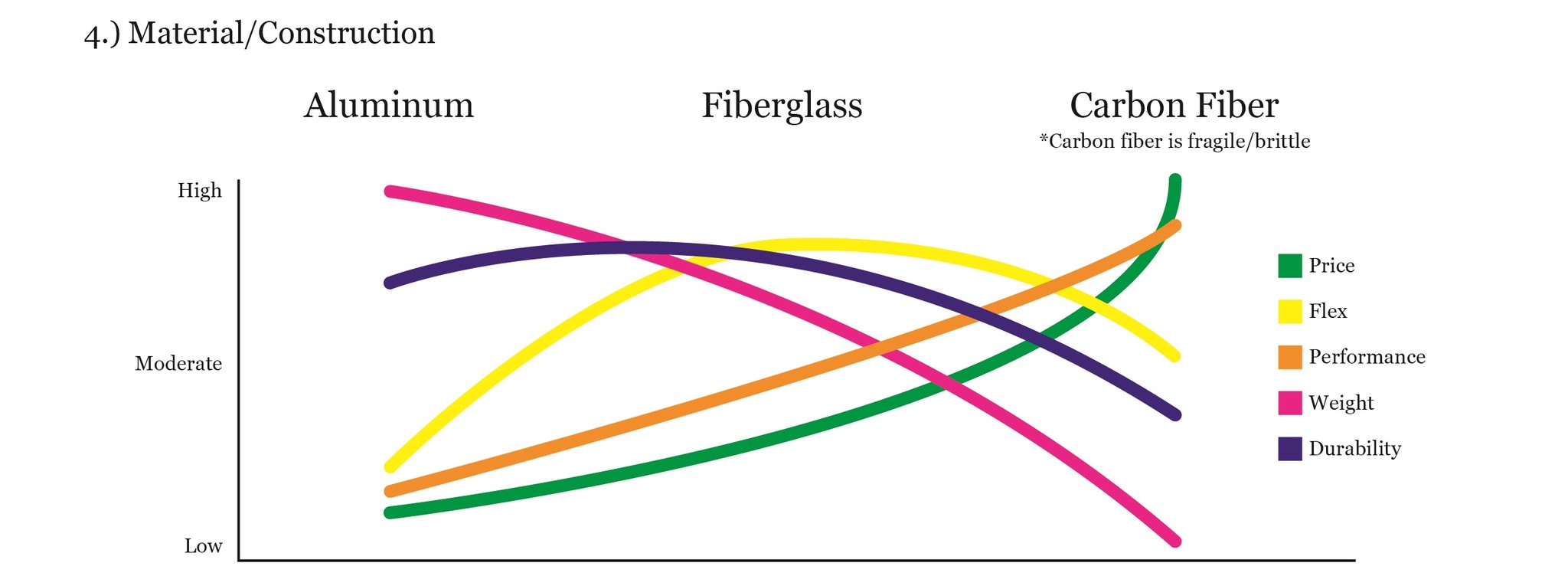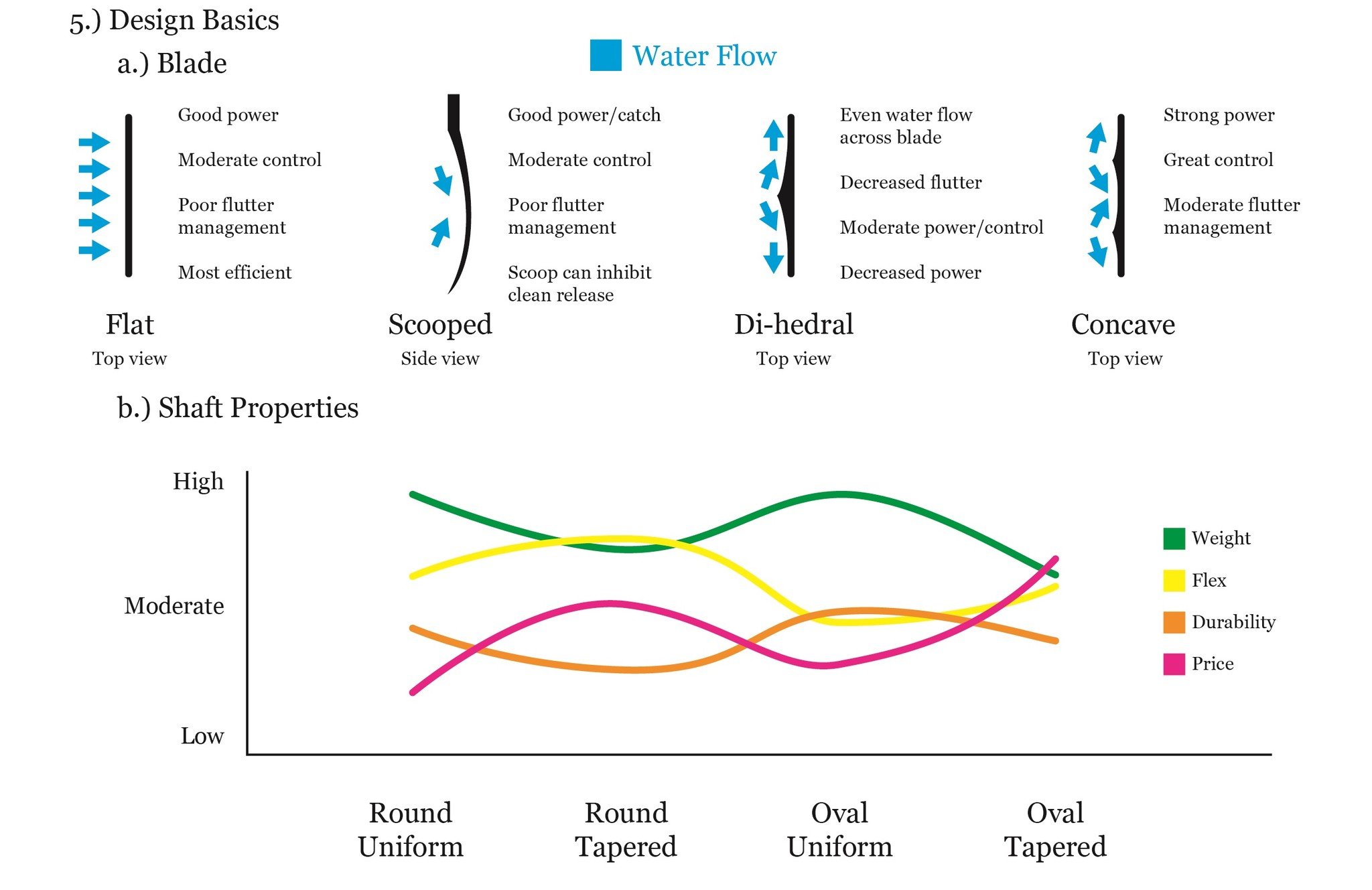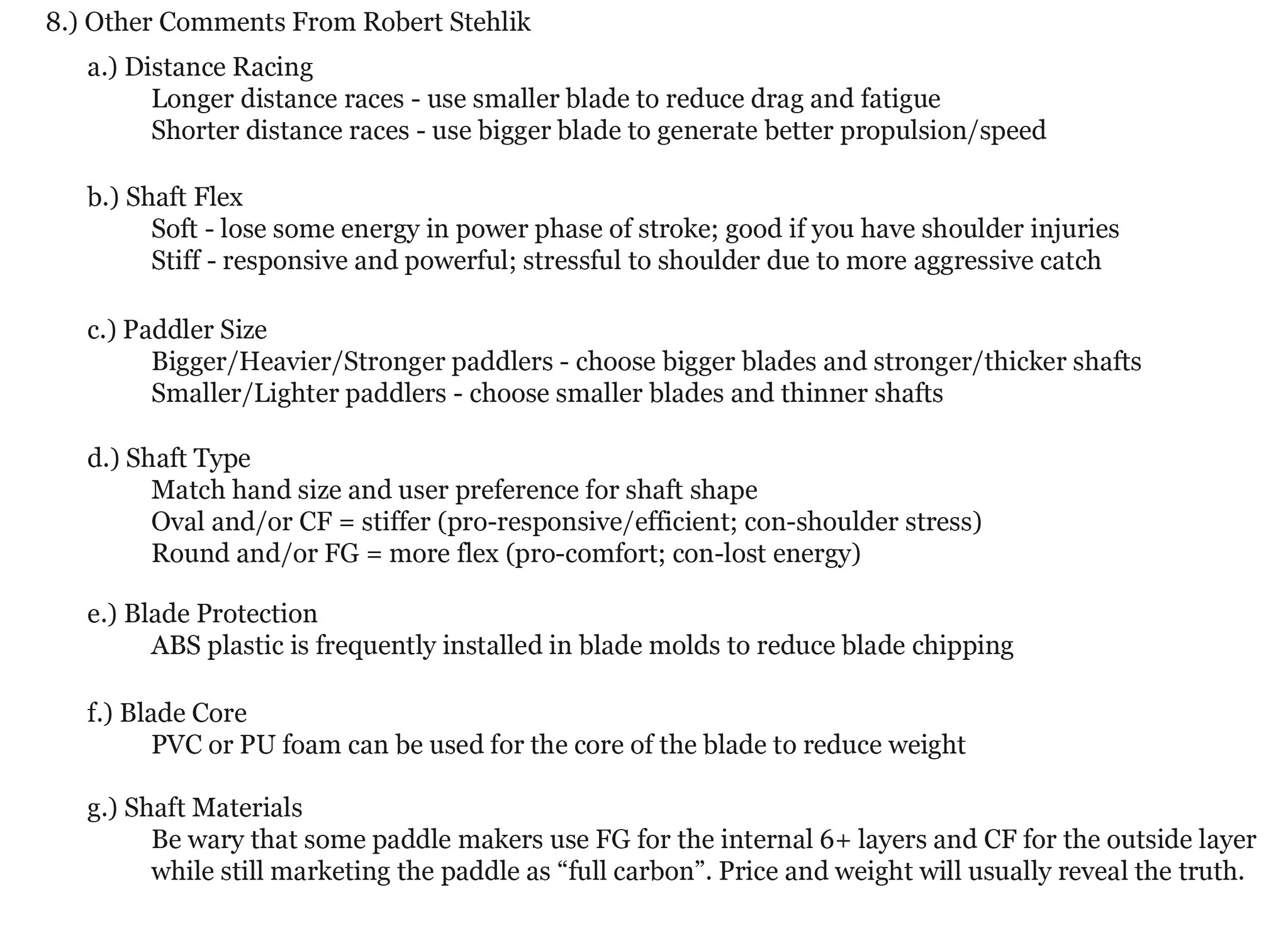Cart
You have no items in your shopping cart
Aloha SUP’ers and mahalo for dropping in with Blue Planet Surf. The second greatest inquiry we get from customers is how do they go about choosing the best SUP paddle. As avid water enthusiasts, our main objective at Blue Planet Surf is to provide sufficient info to potential paddlers, so that they are equipped with the best knowledge to make the best decision when buying their first or additional Stand Up Paddle paddles. With the right knowledge, one can choose the best stand up paddle to suit their surfing/paddling needs and ultimately have more fun on the water.
Thank you to our customers for voting Blue Planet as Hawaii’s Best Stand Up Paddle Shop.
Mahalo!
Along with the video above, you’ll find images and descriptions below that will help you with the detailed process of finding the right standup paddle(s) for you.
Robert Stehlik, Blue Planet founder and CEO, has been an avid Hawaii based waterman for 30+ years, has extensive experience in the SUP and surf industries and is one of the greatest purveyors of SUP in the state of Hawaii. He has competed in more SUP races in Hawaii than our shop can keep track of, frequently visits the mainland to compete in SUP races, has finished the prestigious M2O multiple times, and hosts weekly SUP events on Oahu.
If you have any questions about the information presented in the video or below, please contact Blue Planet Surf in Honolulu, Hawaii; or consult your nearest SUP/surf shop for more info.

At the end of the day, the most important thing to account for when choosing the best SUP paddle for yourself is that your user preferences are unique to you. Moreover, how you want the paddle to perform in the water will be the greatest factor when determining which direction you should take for each of the variables mentioned.
As an example, some SUP surfers like to have a high cadence stroke and thus choose smaller blades for their paddles whereas other SUP surfers prefer low cadence power strokes and thus choose bigger blades for their paddles. It’s all up to you.

The height or length of your paddle can be simplified into two ends of a spectrum. Shorter paddles, in general, will optimize acceleration and control making them great for surfing, while longer paddles, in general, will improve energy efficiency and top speed making them ideal for distance paddling.
An additional factor to be aware of with respect to the length of your paddle is that longer paddles put more stress on one’s shoulder as a result of the leverage. Thus, if you are rehabbing your shoulder, you may want to consider hanging out on the shorter end of the spectrum.

When assessing the blade’s surface area, the prominent factor determining which end of the spectrum you want to end up on is going to be based on your cadence preference. Bigger blades allow for more power and control from the extra surface area, but will move slower through the water as a result of that surface area. Smaller blades allow for better fluid dynamic efficiency, which is great for racing, but will require a higher cadence.

When it comes to the material composition of your paddle, a basic rule of thumb is “you get what you pay for”. In the market, you’ll usually find three materials to choose from: Aluminum, Fiberglass and Carbon Fiber.
Aluminum, an abundant material in the earth’s crust, is usually the least expensive type of paddle available. It satisfies introductory paddlers basic needs without hurting the piggy bank. However, aluminum paddles are generally heavy, offer poor flex properties, and can sink if they take on water. Aluminum paddles with plastic injection molded blades and handles typically cost around $60-$100.
Fiberglass, one of the most prominent materials in the SUP/surf world, is a great material to choose for intermediate paddlers or those who like their paddle shaft to offer lots of flex. They are moderately light, pending the construction, relatively affordable and are great for recreational paddlers, SUP surfers and non-competitive SUP racers. Fiberglass paddles typically cost around $100-$250.
Carbon fiber, one of the most well known performance construction materials in the world, can most readily be characterized as the best material of choice for paddlers (other than price). Carbon fiber has great weight to strength properties, offers a stiffer, more responsive flex pattern, is durable and optimizes performance for most Stand Up Paddlers. Many carbon paddles in the market place will weigh a meager 15-25oz, making them great for responsiveness in the surf and ideal for long distance races. The toughest bite to swallow with carbon fiber is the price, which can run anywhere from $250-$600 for good quality carbon fiber paddles.
Composite paddles, or paddles made with multiple materials, exist in the marketplace and could be a great option for you. As an example, lots of SUP’ers use paddles made with carbon fiber and fiberglass to leverage the best properties of each (carbon=light/stiff/durable, fiberglass=flexible/affordable).
Note: When choosing a paddle make sure you know what you are getting. There are many cheap “carbon fiber” paddles in the market that are actually made mostly with fiberglass and just one layer of carbon fiber on the outside to make it look like a carbon paddle. There are also different grades of carbon fiber and as with most things in the SUP world, you usually get what you pay for. There are many reputable paddle brands on the market that offer well made, well thought out paddle designs and will stand behind their products. We recommend sticking with a reputable brand for the best value in the long run.

The blade and shaft designs are going to be significant factors when deciding what type of fluid dynamic performance you want. Blade designs like dihedrals, concaves, V’s, scoops, angles, etc, will influence how the water moves across the surface of the blade. Certain blade designs are made for increased fluidity (reducing flutter), some are made for increased grab and control, while others are designed for channeling water in certain directions. The shaft of the paddle will impact the flex properties, overall weight, durability and comfort in your hands.

Determine which type of cadence you utilize when paddling and choose paddles that are most appropriate for you, where you use it and how you use it.

When trying to figure out whether or not you should choose a fixed or adjustable paddle, our general rule to abide by is:
Will someone be using the paddle 80% of the time or more?
If there is one sole individual who will be using the paddle 80% of the time or more, get a fixed paddle that is cut to that individual’s specs. Any use percentage less than 80% is when individuals using the paddle will have to think things through. Having a fixed versus an adjustable paddle is all about controlling the height of that paddle. If multiple individuals will use one paddle but they are all the same height and demand the same type of performance, it should be fine to get a fixed paddle cut to those individuals specs.
If your ohana plans to share a paddle and everyone has different heights, an adjustable paddle will probably be the most appropriate option as you can accommodate the varying heights.
Generally, fixed paddles maximize performance, don’t take on water and are generally maintenance free, whereas adjustable paddles maximize the ability to accommodate varying heights but sacrifice performance, can take on water and sink, and require regular cleaning and maintenance.


Catch: Most experts will agree on this point: getting a clean catch is arguably the most most important part of the stoke. The idea is to reach forward and fully insert the blade by slicing it into the water from the side and/or straight down before applying power to the blade. If you start pulling before the blade is fully submerged, turbulence from the blade edges create air pockets that get pulled down and create slippage, reducing the efficiency and effectiveness of the whole stroke.
Power: There are many ways to apply power to the stroke. Without getting into too much detail, most beginners can start by pulling and pushing using only the arms. To make the stroke more powerful and efficient, work on engaging the whole body by using a torso twist and by pushing down with your top hand, using gravity to lean your body weight into the stroke while pulling with only a slight bend in your lower arm. Avoid pulling the paddle past the feet.
Exit: Feathering the blade allows the paddle a smooth exit close to the rail and feet. As you end the power phase, use a twisting motion of the top hand (pointing thumb forward) to feather the power face of the blade away from the body as you lift the paddle up with your bottom arm and start moving the blade forward into the recovery.
Recover: A clean exit makes the blade come out easily and move back into the reach position quickly and almost effortlessly which gives you a chance to relax, inhale and re-set the body for another clean stroke.
Entering stealth mode: A good way to check the efficiency of your stroke is to listen. On a calm, quiet day, listen to your stroke. If there is a lot of splashing when you enter the water, focus on getting a cleaner catch- slice the blade into the water smoothly instead of splashing it down into the water. If there is a lot of gurgling during the power phase, make sure to plant the whole blade and slow down the blade movement. The speed of the blade should match the speed of the board moving past the planted blade. If you are throwing water behind you or have a splashy exit, focus on the feathering and getting a smooth, clean exit out of the water. If you are executing a stroke correctly, the stroke should feel very smooth, efficient, powerful and quiet.
___________________________________________________________________________________
I have to admit that I am a little obsessed with paddles, I have owned or tested most of the best paddles available and spend a lot of time testing, comparing, designing, refining and improving our paddles.
I strongly believe that a good paddle is an essential piece of equipment. Many customers focus on the board and often end up with a cheaply made and poorly designed paddle that is included with the board or settle for something less than ideal as they already spent most of their budget on the board. I think that is a big mistake. The paddle is what you use to make that board move. It’s like the engine in a sports car, absolutely essential for maximizing performance.
At Blue Planet we have been working on applying the lessons learned from our high performance paddles to all the paddles we offer, including the lower cost entry level paddles, so everyone can enjoy efficient paddle designs.
The paddle strength to weight ratio is very important as you lift the paddle out of the water with every stroke, which in comparison to your board you only have to lift up twice, at the start and at the end of your session. If you take 50 paddle strokes a minute, you will lift up your paddle 3000 times per hour, so a lighter paddle is obviously more efficient and will make long paddle sessions more enjoyable. It’s all about having fun and I hope this post helps you find the best stand up paddle for your needs and budget.
See you on the water!
With Aloha,
Robert Stehlik
